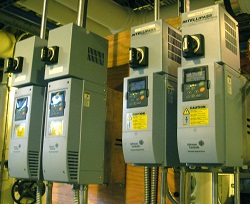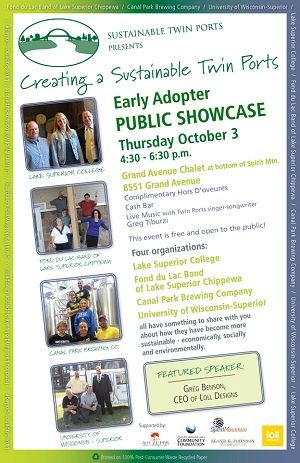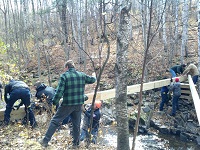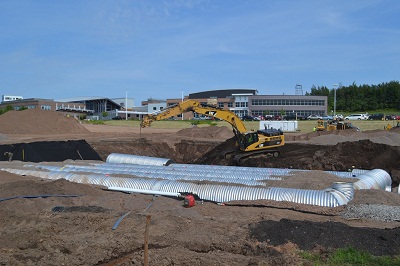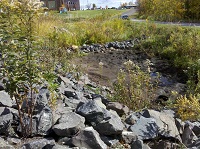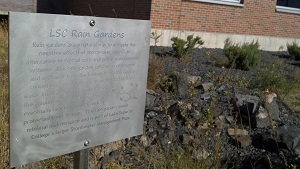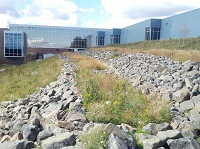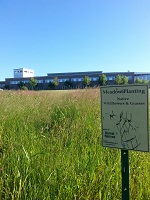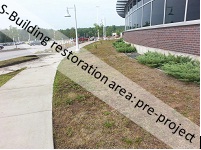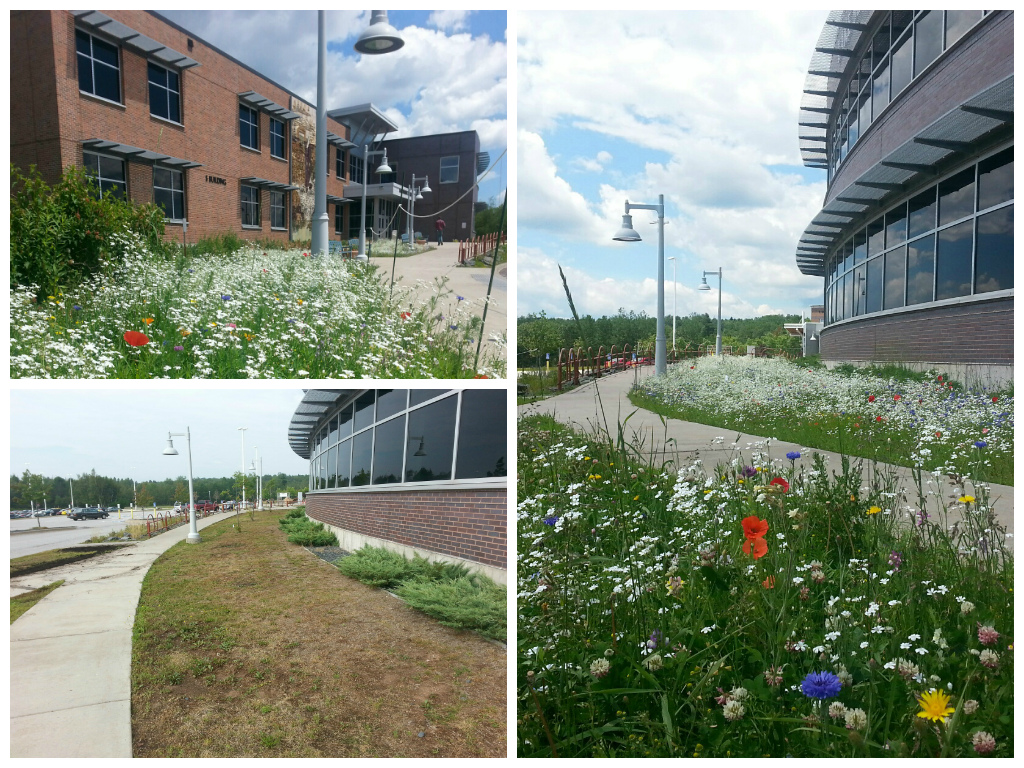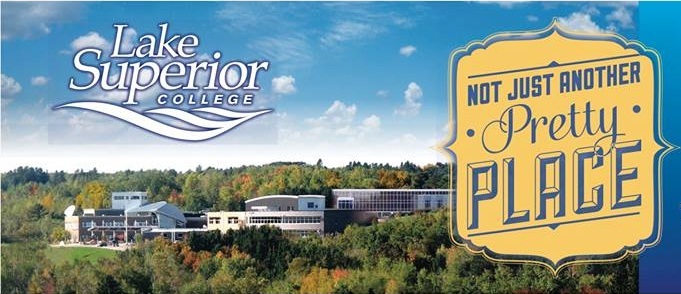2015 Full-Scale Composting Pilot Study
The Sustainability Council has an exciting project to share! We have had a student working with us over the past few months to design a compost feasibility study for LSC. As you all know, the 2007 WLSSD Solid Waste Ordinance requires LSC to separate our pre-consumer food waste and divert it to compost. Currently, we deal with that pre-consumer waste and coffee grounds via our worm bins in the Atrium. That project has been fantastic; the soil has been used by the Garden Club, is annually added to your favorite wildflower area, and Theresa Hornstein uses it to start seedlings for her annual spring plant sale where proceeds benefit the LSC Foundation.
But here’s the exciting part, we can do MORE! We can’t compost post-consumer food, or paper products, or compostable eat-wear in our worm bins, so all of that is still going to a landfill. A typical campus waste stream includes 30% potentially compostable materials. Our student’s (let’s call her Mel) pilot study will attempt to estimate volume and cost for expanding our existing composting program.
This project was partially made possible with the help of a FREE triple bin we received from Max-R (an almost $3,000 value) during a 1-day promotional event that they called Free Bin Friday. This bin includes a slot specifically for compost. This beautiful bin (made over 1,000 recycled milk jugs) is located outside the LSC Café, and will be open for use when our pilot kicks off on January 20th. It’s important to remember that while the study is being conducted, “compostables” that are collected will go in the regular trash dumpster as we don’t currently have a compost hauling service, BUT the information we get from separating and monitoring will be invaluable. The pilot will run from January to March, and Mel will work with our maintenance department to track food and other compostable materials during that time. On January 20th, education will start, and we’ll staff a table and provide all kinds of info on composting for you both here and at home. Much of the information can be found on the WLSSD Composting & Yard Waste web page.
Here’s what you can do during the study:
- put all of your food waste and napkins in the bin
- put all of your used coffee grounds in the bin
- watch for updates, and results in March!
If you have any questions about the study or general composting, email sustainability@lsc.edu.
Posted in: Good Stuff
Leave a Comment (0) →




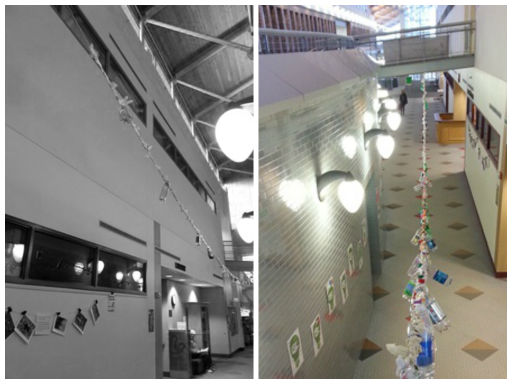


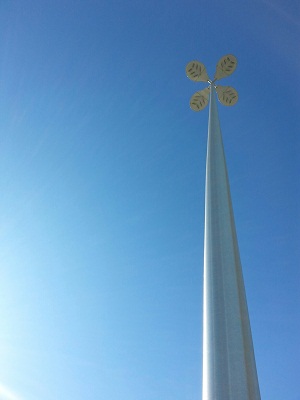
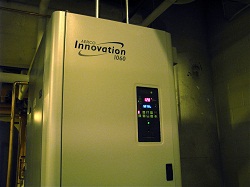
 The 11,600 square foot Art Building’s steam heat system was also updated with two natural gas fired high efficiency hot water boilers.
The 11,600 square foot Art Building’s steam heat system was also updated with two natural gas fired high efficiency hot water boilers.